Présentation des cochons à disque
Un racleur est un outil unique qui nettoie un pipeline transportant un gaz, un liquide ou un moyen de transport par pipeline. Il peut transporter à la fois un lanceur électromagnétique et un instrument de réception au sol, créant ainsi un système de suivi électronique. De plus, il peut accueillir divers accessoires pour des opérations de pipeline complexes. Les racleurs à disques sont un type de racleur de nettoyage essentiel dans l’entretien des pipelines. Initialement, ils comportaient des disques circulaires pour l’étanchéité et le grattage. Ces disques s’adaptent à l’intérieur de la canalisation, assurant un nettoyage efficace. De plus, ils naviguent facilement dans les coudes et les soudures. Les racleurs à disques séparent également les différents fluides lors de la transmission du produit. De plus, leur conception permet une utilisation dans différents diamètres de tuyaux. Par conséquent, ils constituent un choix polyvalent pour de nombreux secteurs.
Importance pour Cochons à disque Nettoyage
La propreté à l’intérieur du pipeline affecte considérablement sa durée de vie et l’efficacité du transport. Des opérations de raclage régulières sont donc nécessaires. En raison de la vitesse d’écoulement moyenne élevée et de la distribution inégale de la vitesse d’écoulement dans les gazoducs longue distance, il est extrêmement difficile et risqué de contrôler la vitesse des racleurs à disques, en particulier lorsque l’opération de raclage est effectuée sans affecter l’alimentation en gaz de l’utilisateur. Si la vitesse du racleur à disques n’est pas correctement contrôlée, cela provoquera un accident coincé, ou le racleur heurtera la fermeture à ouverture rapide pendant le fonctionnement du racleur. Cela entraînera des dommages à l’équipement de réception des porcs, voire des victimes.
Nouveau contrôle de la qualité du raclage de pipeline
Le principal problème du raclage des nouveaux pipelines nationaux est que l’effet de raclage n’est pas idéal. En particulier dans le grand pipeline de chute dans la zone montagneuse, l’accumulation de liquide à la position basse du pipeline ne peut pas être complètement éliminée. Pour les mesures de contrôle de la qualité du raclage, les normes nationales sont relativement simples. Par exemple, le GB 50251-2003, « Code for Design of Gas Pipeline Engineering », stipule que le raclage des nouveaux pipelines doit être effectué au moins deux fois avant l’essai de pression ; Le document GB 50369-2006, « Oil and Gas Long Distance Pipeline Engineering Construction and Acceptance Code », stipule que l’industrie du nettoyage des pipelines ne doit pas décharger d’impuretés à l’extrémité du pipeline pour l’acceptation. La pratique a prouvé qu’il y a beaucoup de déchets de construction et d’accumulation de liquide dans les nouvelles canalisations, de sorte que le raclage doit être effectué autant de fois que possible pour garantir la qualité.
La norme russe prévoit des méthodes correspondantes pour le contrôle de la qualité des nouveaux raclages de pipelines, ce qui est d’une importance de référence. Par exemple, la norme russe WUT-16.01-60.30.00-TN-2004, « Racging and Strength and Tightness Test and Strength and Tightness Test after Completion of Oil Pipeline Construction and Installation Project », stipule que 0,1 % du volume d’eau de la section de tuyau doit être injecté dans la canalisation avant d’envoyer le premier racleur pour mouiller et rincer les polluants. L’eau doit être injectée à travers un filtre pour empêcher les sédiments de pénétrer dans le tuyau. La section de raclage d’un nouveau pipeline ne doit pas dépasser 40 km de longueur. Lorsque le porc arrive au tambour de collecte des balles sans dommage et que le flux de liquide libéré ne contient pas de saleté, de sable ou d’autres impuretés, on considère que la qualité du porc est qualifiée.
Dangers des cochons à disque qui roulent trop vite
(1) Mauvais effet de raclage. S’il y a une fuite de gaz du porc, ils ne peuvent pas nettoyer complètement les impuretés.
(2) Le frottement d’un racleur à grande vitesse avec des impuretés mécaniques pourrait endommager le revêtement intérieur du tuyau.
(3) L’énorme force d’impact d’un racleur à grande vitesse sur le coude et le récepteur du racleur pourrait entraîner des risques potentiels pour la sécurité.
(4) La vitesse élevée du racleur peut causer des dommages mécaniques, le desserrage des boulons, la chute de coupelles ou de disques, et même la casse du squelette.
Pigs à disque Objectif et cycle de raclage
But
Les racleurs à disque peuvent nettoyer les débris, les impuretés, l’accumulation de liquide et la pollution dans les conduites de gaz naturel longue distance. Il peut améliorer l’efficacité du transport, réduire les pertes par frottement et la corrosion de la paroi intérieure, et prolonger la durée de vie du pipeline.
Selon la propriété du fluide de transport du pipeline, un cycle de raclage raisonnable est essentiel en fonction de l’efficacité du transport et de la différence de pression.
Enquête préalable au raclage
Enquête sur la situation d’un gazoduc
Examiner les spécifications des pipelines, la longueur du pipeline, la durée de vie du pipeline, la pression des travaux de sécurité des pipelines, Différence d’élévation relative du pipeline, du croisement et de l’état du croisement, du coude du pipeline, de la diagonale, de la déformation du pipeline et du certificat intermédiaire du pipeline en identification et traduction de réseau.
Enquête sur la station de lancement et de réception des racleurs
Vérifiez la situation du lanceur et du récepteur du cochon, des vannes, des instruments, tuyaux de purge et les conditions environnementales environnantes.
Autres enquêtes
Examinez les registres de raclage des pipelines, le débit de gaz actuel et le volume quotidien de gaz. Examinez également la pression de service du pipeline, la différence de pression de transport et l’efficacité.
Conclusion
En conclusion, les racleurs à disques dans l’entretien des pipelines sont non seulement bénéfiques, mais essentiels à l’efficacité, à la sécurité et à la longévité des opérations de pipeline. Un raclage approprié assure l’élimination des débris, des impuretés et de l’accumulation de liquide. Il minimise à son tour les pertes par frottement et la corrosion à l’intérieur du pipeline. Cependant, les opérateurs doivent manipuler les racleurs à disques avec soin pour éviter une vitesse excessive qui peut entraîner des dommages à l’équipement et des risques pour la sécurité. Le respect des normes nationales et internationales en matière de fréquence de raclage et de contrôle de la qualité est très crucial. Grâce à ces pratiques, les racleurs à disques continueront de jouer un rôle central dans l’entretien des pipelines, en veillant à ce qu’ils fonctionnent de manière sûre et efficace pour les années à venir.


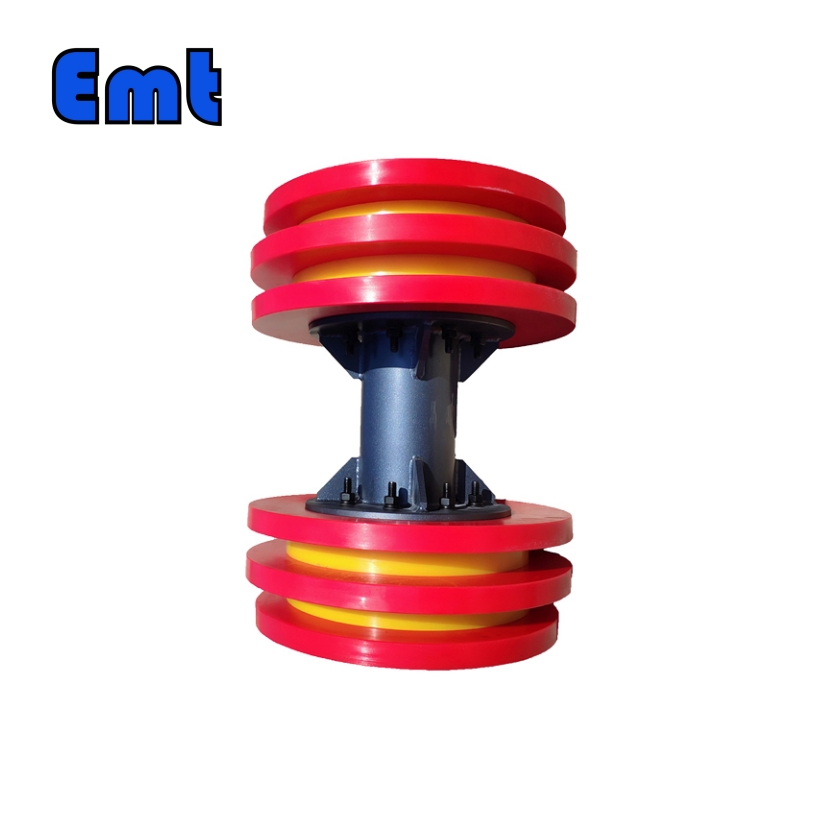
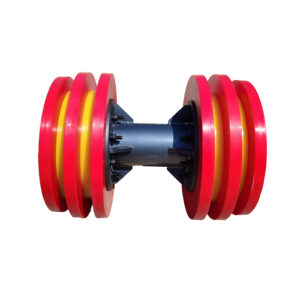

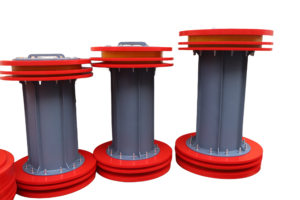

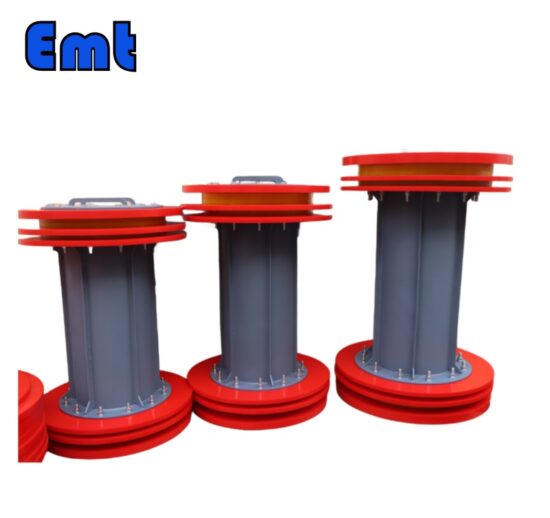
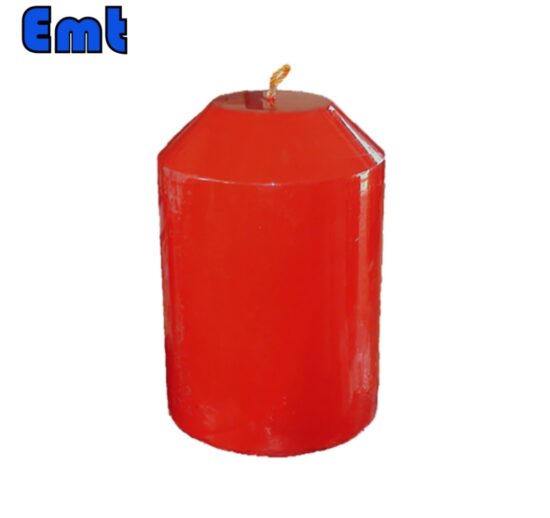
Il n’y a pas encore d’avis.